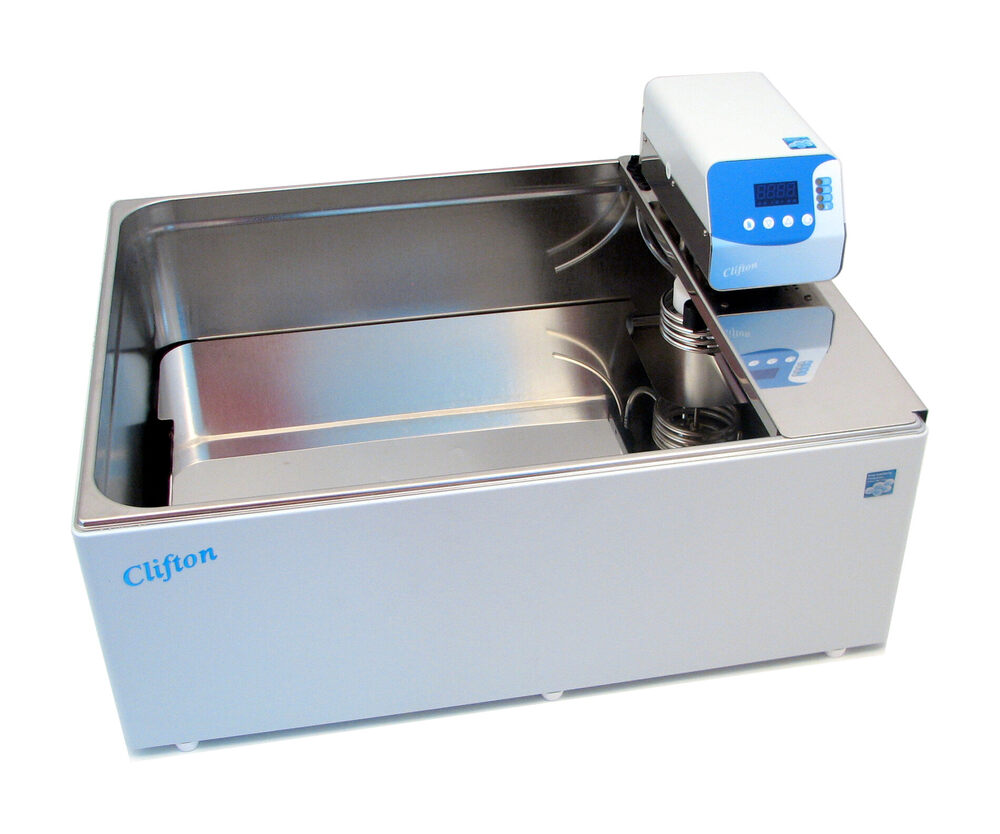Definition of Water Bath
A water bath, also known as a laboratory water bath, is a device that maintains a stable temperature for the incubation of samples in water. It is a crucial piece of equipment in laboratories, used in a variety of scientific and industrial processes. The water bath consists of a container filled with water, which is heated by an electric element to the desired temperature. The temperature is usually controlled by a thermostat to ensure consistency.
Functions of Water Bath
1. Incubation of Samples: One of the primary uses of a water bath is to incubate samples at a constant temperature over a period of time. This is essential in many biochemical and biological experiments where reactions or processes need to be maintained at specific temperatures.
2. Thawing: Frozen samples or reagents can be safely thawed in a water bath. This method is gentle and helps to preserve the integrity of the samples compared to other thawing methods.
3. Warming Reagents: Some chemical reactions require reagents to be at a certain temperature. A water bath provides a uniform temperature environment, which ensures that the reagents reach the desired temperature without the risk of overheating.
4. Melting Substances: Certain substances that are solid at room temperature can be melted using a water bath. This is particularly useful in preparing solutions where solutes need to be dissolved completely.
5. Microbiological Work: Water baths are often used in microbiological laboratories for the cultivation of microorganisms. The constant temperature provided by the water bath is ideal for growing bacteria and other microorganisms.
How to Use a Water Bath
Using a water bath effectively requires following specific steps to ensure accuracy and safety:
1. Setup: Place the water bath on a stable, level surface near an electrical outlet. Fill the bath with distilled water up to the recommended level. Using distilled water prevents mineral deposits from building up, which could affect the heating element and temperature control.
2. Setting the Temperature: Turn on the water bath and set the desired temperature using the control panel. Allow the water bath to reach and stabilize at the set temperature before placing any samples inside.
3. Loading Samples: Place the samples in appropriate containers (e.g., test tubes, beakers) and carefully lower them into the water bath. Make sure the containers are properly sealed to prevent water from entering and contaminating the samples.
4. Monitoring: Regularly monitor the temperature of the water bath to ensure it remains consistent. Some water baths come with digital displays and alarms to notify users of temperature fluctuations.
5. Post-Usage Care: After using the water bath, turn off the device and allow it to cool down. Drain the water and clean the interior to remove any contaminants or residues. Proper maintenance extends the life of the water bath and ensures accurate performance in future uses.
Conclusion
A water bath is an essential tool in scientific laboratories, providing a controlled environment for various experimental needs. Its functions range from incubation and thawing to warming reagents and melting substances. By following proper usage and maintenance protocols, researchers can ensure accurate and reliable results in their work. furniture laboratorium

